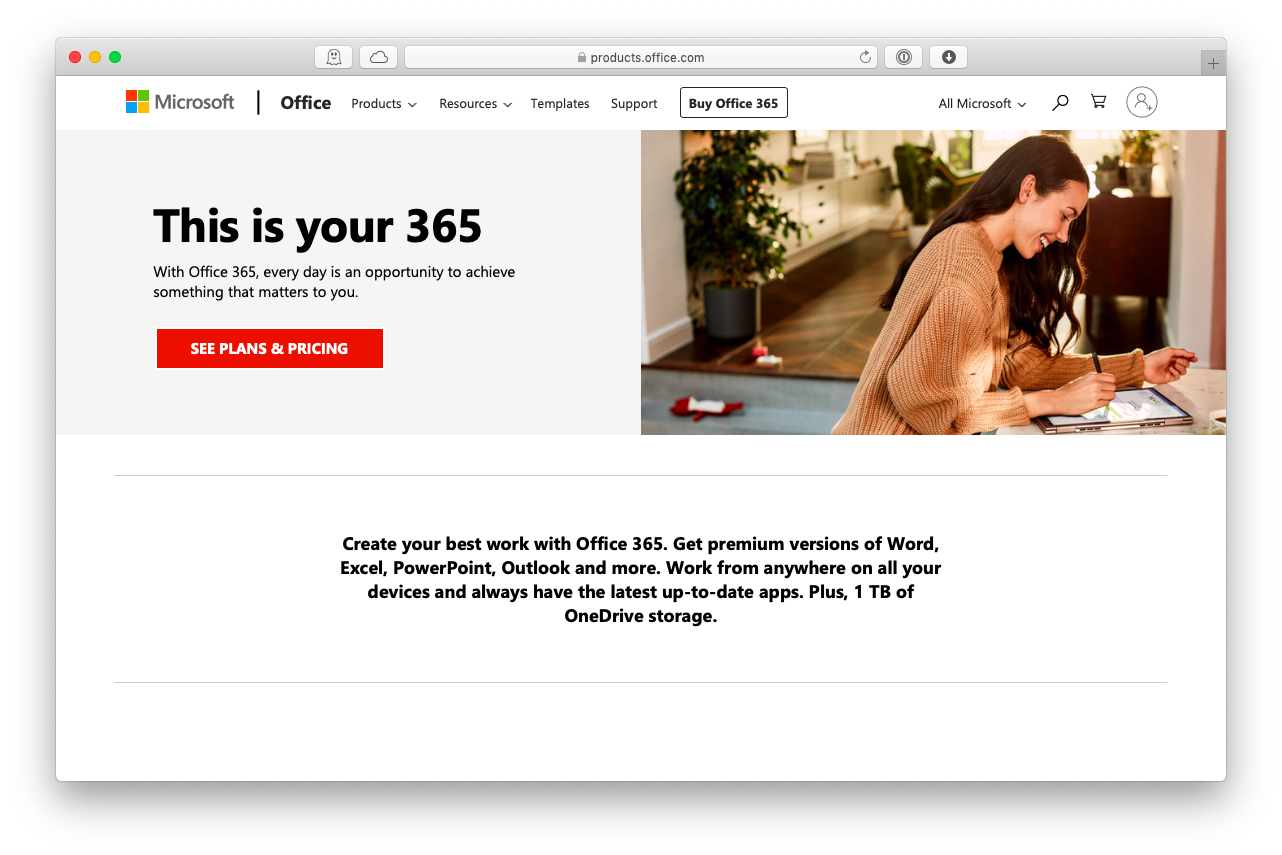

- #OUTLOOK FOR MAC EATING TONS OF STORAGE HOW TO#
- #OUTLOOK FOR MAC EATING TONS OF STORAGE INSTALL#
- #OUTLOOK FOR MAC EATING TONS OF STORAGE SOFTWARE#
Chrome: Open Chrome → Extensions icon (puzzle icon next to account picture) → Manage Extensions → Remove those you do not use.ĭownloads are usually saved in the Downloads folder (unless you changed them).Safari: Open Safari → Click on Safari from top left → Preferences → Extensions → Click on an extension → Choose Uninstall.The extension continues to occupy space (shown differently than the application itself.

#OUTLOOK FOR MAC EATING TONS OF STORAGE INSTALL#
For example, old app folders that you do not need or have.Īt times, we install a browser extension for a purpose, and then do not reuse them or simply forget that it exists.
Delete files from here that you do not need. Clear Temporary Files Located in Other Storage on Mac In case not, copy the contents of the backup Caches folder from desktop inside the actual Caches folder.Ĭlearing browser cache and website files for Safari also reduce the Other storage. Next, open the Caches folder, press Command + A, right-click, and then Move to Trash. If you do not understand what to delete, go back and copy the entire Caches folder to desktop (for backup). Note + Tip: With regular use, macOS will recreate these caches. Right-click on the Trash icon and choose Empty Trash. Right-click on unnecessary app/service folders and choose Move to Trash. You will see a new option for the Library. Make sure you remove only the unnecessary ones. Note: Caches are there to make your Mac experience better and faster. #OUTLOOK FOR MAC EATING TONS OF STORAGE HOW TO#
But if you are too low on storage or believe in having the cache of unused/uninstalled apps, here is how to delete them. In typical situations, you do not need to worry much about cache.
#OUTLOOK FOR MAC EATING TONS OF STORAGE SOFTWARE#
Use Third-Party Software to Free Storage on Mac. Delete Unnecessary iPhone and iPad Backups. Clear Temporary Files Located in Other Storage on Mac. Various file and file types not recognized by Spotlight, for example, a virtual machine hard drive, Windows Boot Camp partitions, etc. Fonts, app accessories, application plugins, and app extensions. Cache items, including browser cache and locally stored message media files. Application Support files, iCloud files, Screensavers, etc. Files in the system folders of macOS, including temporary files, swap, voices, etc. Any type of archives and disk images, including zips, dmg, iso, tar, etc. Common documents and file types, including PDF, doc, PSD, etc. In the simplest of terms, the “Other” category is a combination of files that are not recognized as one of the other file types. This section houses a mix of junk and important files. Just like the ‘Other’ on iPhone and iPad, it is home to several files, cached data, and more. You will see how much space is occupied by different categories like Apps, Photos, System, Trash, Other, etc. Take the mouse pointer to colored sections. Click on the Apple logo from the top-left and choose About This Mac. 
/cdn.vox-cdn.com/uploads/chorus_asset/file/19340796/outlookformac2019_2.jpg)
You may wonder what is Other storage on Mac, why it eats up so much space, and how can I delete it? Let me help by telling you more about this to free space on your Mac. When you check the storage on your Mac, you might see a significant percentage of space occupied by something called ‘ Other.’ macOS does not go into much detail.





/cdn.vox-cdn.com/uploads/chorus_asset/file/19340796/outlookformac2019_2.jpg)


 0 kommentar(er)
0 kommentar(er)
